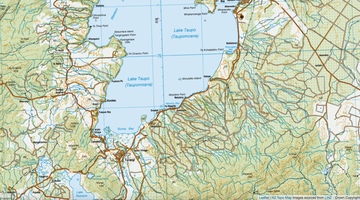Alice Trevelyan works as a catchment management officer at Waikato Regional Council, so she knows a lot about water catchments. She offers some advice about how you can learn about yours.
Question for discussion:
- Why do you think people want to learn about their catchment?
Transcript
ALICE TREVELYAN
The challenges for catchment assessment is that each catchment is unique. It’s got its own topography, it’s got its own soil type, it’s subject to its own climate events. And there’s lots of different activities happening in those catchments, which are unique to that catchment.
The first step is to be aware of your catchment and the activities that are going on in your catchment that might impact water quality.
The best way to find out about your catchment is to contact the regional council. They’ll be able to provide you with maps outlining your catchment specific to your area, and they’ll also be able to inform you of the activities that are going on within that catchment. It might be able to link you into other cool restoration projects that are taking place.
Native planting is a really cool way to improve water quality, and it also improves biodiversity values at the same time, which is great for a catchment management as a whole.
Acknowledgements
Alice Trevelyan
Waikato Regional Council
AS Wilcox & Sons Limited
Sandra and Rod McKinnon
Footage of limestone quarry, McDonald’s Lime Limited
Interactive soil map viewer, Manaaki Whenua – Landcare Research, licensed under CC BY-NC-ND 3.0 NZ
Footage of community planting day at Kukutāruhe Gully, The Fairfield Project
Acknowledgements
This video has been developed in partnership with the Waikato Regional Council as part of the Rivers and Us resource.


